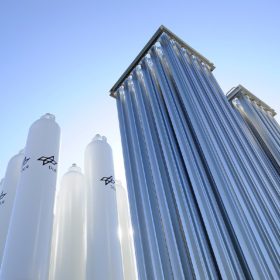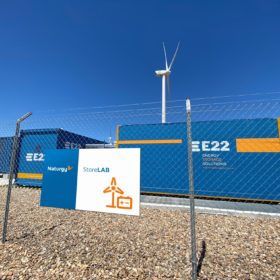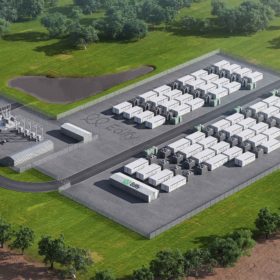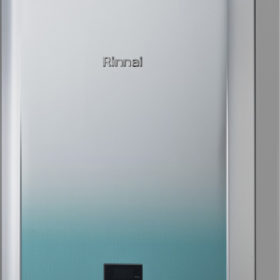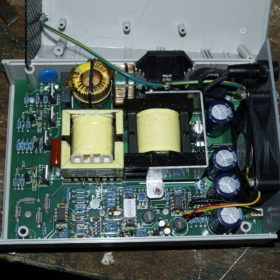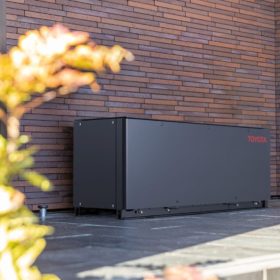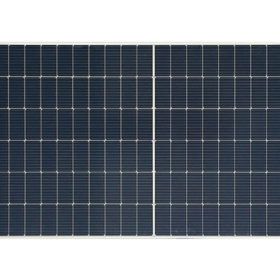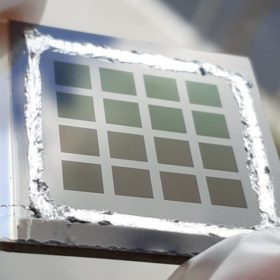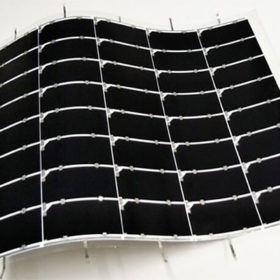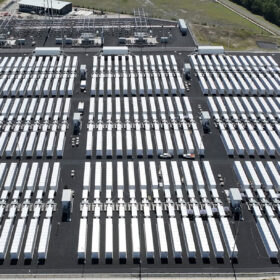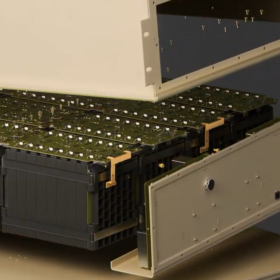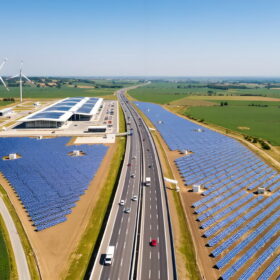WA company expects green hydrogen production ‘significantly earlier’ than anticipated following promising study
Western Australian developer Frontier Energy, a relatively new player in the renewable space, says preliminary findings from its green hydrogen study indicate it could be producing “significantly earlier than originally anticipated” from its Bristol Springs Solar Project, to be located south of Perth.
Lithium-ion vs. vanadium redox flow storage
UK scientists have compared the performance of lithium-ion storage systems and vanadium redox flow batteries for a modeled 636 kW commercial PV system in southern California. They have found that both technologies, coupled with an oversized PV array, could achieve a levelised cost of electricity of less than US$0.22/kWh (AU$0.32/kWh), while offering a self-sufficiency ratio of 0.95.
Edify secures financing for series of grid forming batteries in NSW
Edify Energy has completed the financing for its grid forming 150 MW / 300 MWh battery energy storage system. The system will be made up of three separate batteries in the Riverina region of NSW which have gained approval to operate in ‘virtual synchronous generator’ mode.
Hydrogen combustion tech for residential water heaters, trials in Australia
Japan’s Rinnai has unveiled what it claims is the world’s first 100% hydrogen combustion technology for residential water heaters. It is currently using the hydrogen water heater in demonstration projects in Australia, prior to commercialisation.
New model for grid-forming inverter operation
Scientists in the United States have developed a new model to allow utilities to use grid-forming inverters in order to better manage renewable energy intermittency. They describe the inverter main circuit representation, the droop control, and the fault current limiting function.
Toyota unveils 8.7 kWh battery for residential applications
The battery has a rated output of 5.5 kW and can be installed in outdoor environments. It is equipped with a hybrid power conditioner, a DC-to-DC converter, and a vehicle power supply adapter with a maximum output of 1.1 kWh.
Solar highway noise barriers to be deployed across North America
Buildings-integrated photovoltaics maker Mitrex plans to deploy highway noise barriers with integrated solar that have 1.2 MW of capacity per kilometer. The technology is currently in the pilot phase at government entity locations in North America.
SDN launches 550W solar module with 21.28% efficiency
The Korean manufacturer launched a new bifacial module based on M10 wafers and is planning to produce bigger modules based on M12 wafers starting from the third quarter.
Silver-alloyed CIGS solar cell with transparent indium back contacts, 12% efficiency
Scientists in Sweden have developed a wide-gap ACIGS solar cell with hydrogen-doped indium oxide (IOH) transparent back contacts and silver alloying to increase the absorber bandgap energy. The device achieved an efficiency of 12.0%, an open-circuit voltage of 835 mV, a short-circuit current of 22.1 mA cm2, and a fill factor of 65.2%.
Sharp achieves conversion efficiency of 32.65% in flexible, lightweight solar module
The new prototype uses a triple-junction compound design, which sandwiches the solar cell between layers of film. The module is expected to be used in a variety of vehicles, an application that demands high efficiency and lightweight construction. Its conversion efficiency bests that of a similar Sharp module developed in 2016, which notched an efficiency of 31.17%, at the time a world record.
